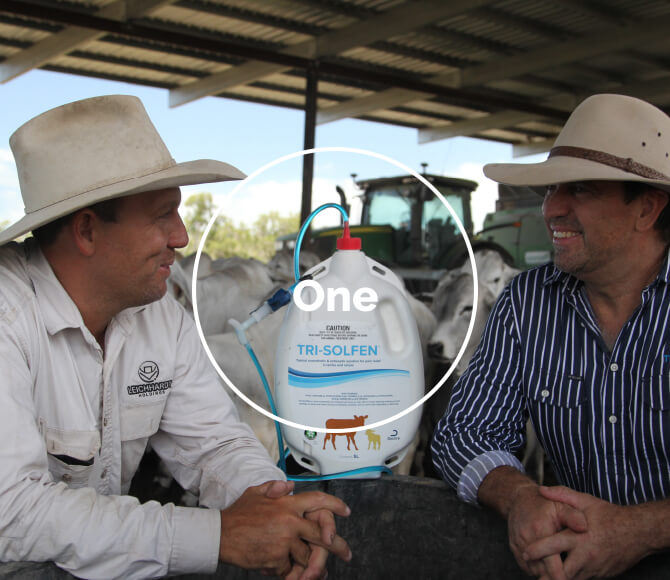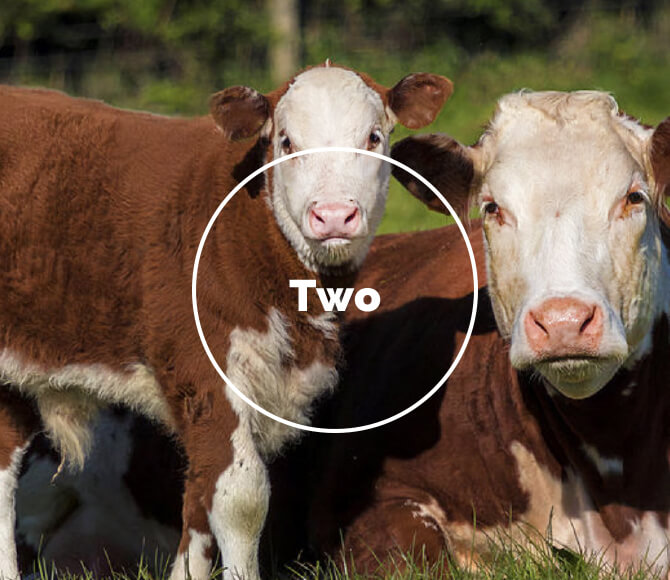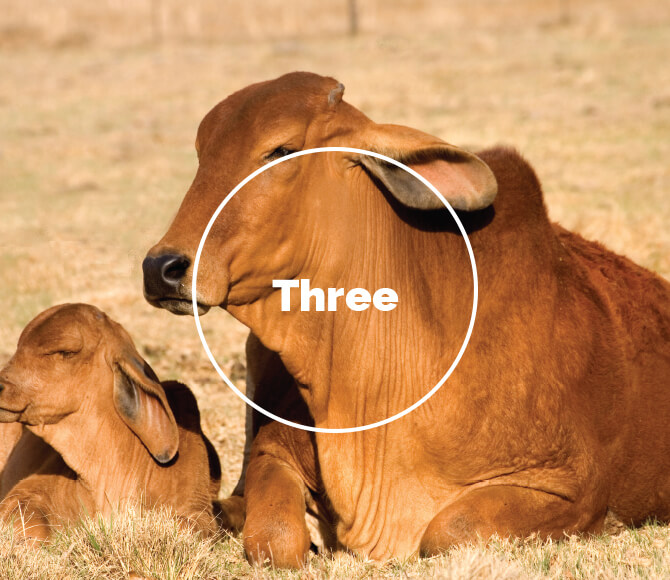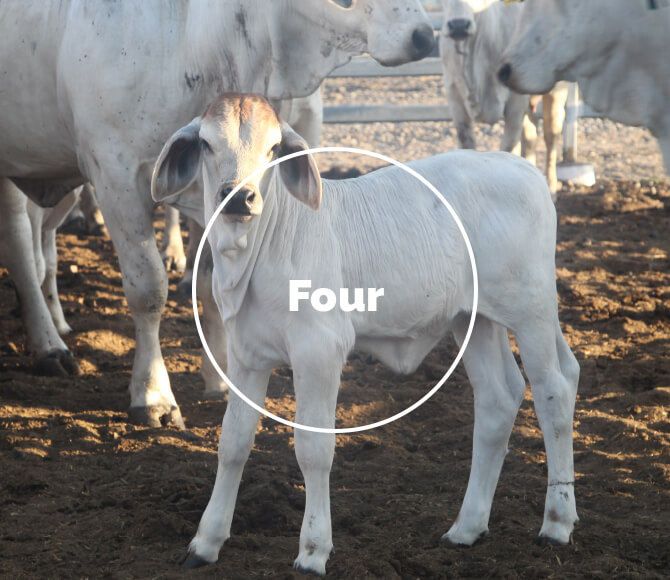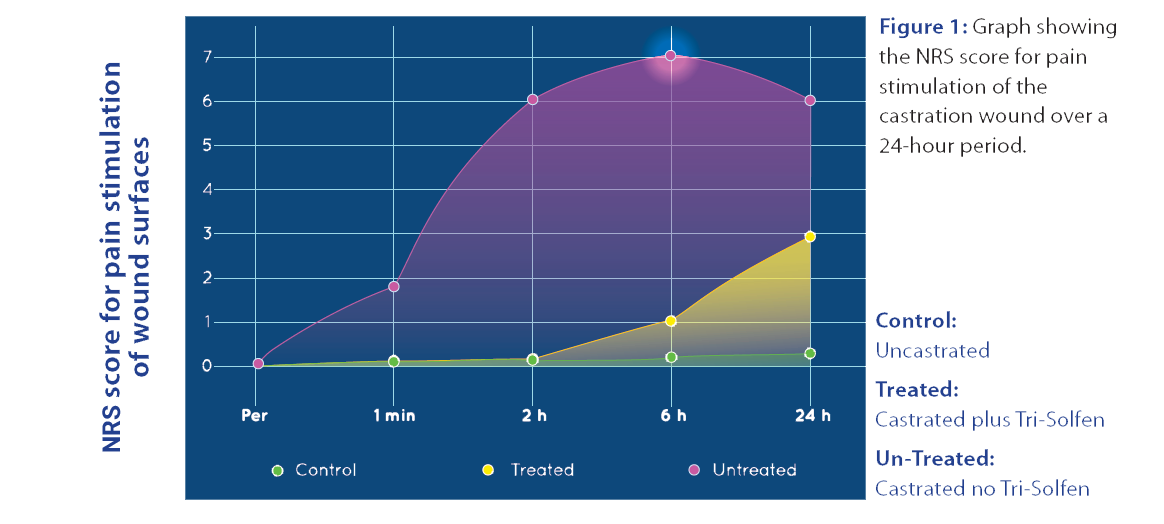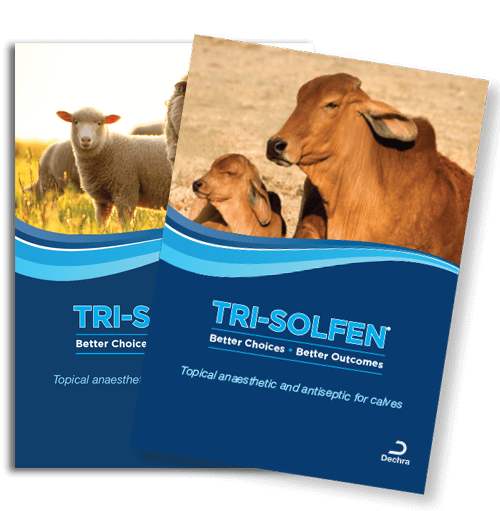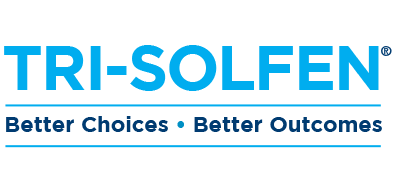Animal welfare is important for your livestock and for you.
The practices of castrating, disbudding and dehorning calves are considered essential to good herd management and the ongoing welfare of your cattle.
These procedures reduce sexual activity and aggression, avoid unwanted breeding, reduce injury to cattle and damage to structures, and make cattle safer to work with.
Producers, their customers and consumers are more interested than ever before in animal welfare and an important aspect of that is managing and controlling pain when these types of procedures are carried out.
Find out more
